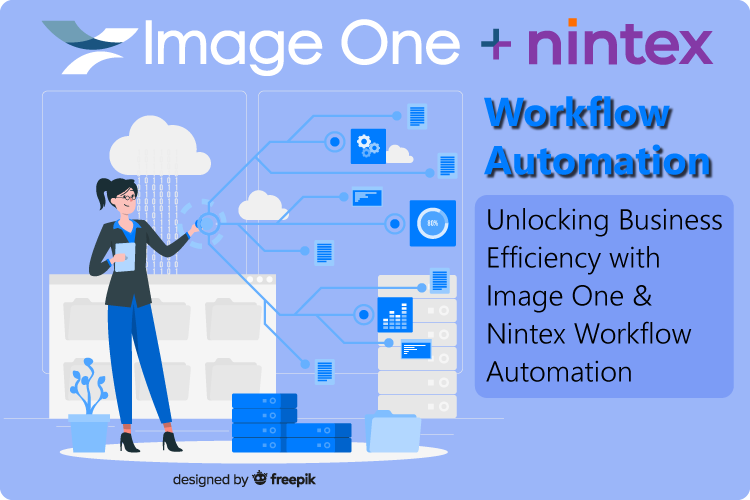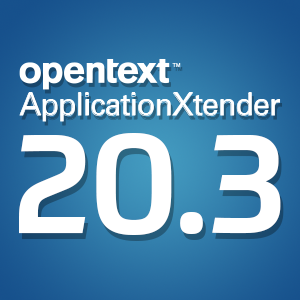Going paperless: What’s holding you back?
Monday, April 7, 2014Despite all of the benefits of deploying a paper conversion service and going paperless, less than 1 percent of enterprises have successfully done so. The question isn't whether the technology is ready to support such endeavors, but what is holding firms back from leveraging this potential for their own gain.
Even as businesses are slow to go completely paperless, they are moving more data online and off of physical resources than ever before. According to Real Business, companies are migrating to the cloud, doing all of their communications digitally and performing more tasks online rather than on paper. Yet many still don't fully grasp what it means to be paperless – "using less paper and taking digital initiatives to reduce your paper load" – which is why they don't fully embrace the concept. The truth is that if more firms approached paperless efforts with this mindset, there would be more businesses identifying as paperless without any change occurring.
Many companies already deploy the strategies needed to be paperless, they simply haven't adopted the moniker because they aren't sure of the requirements. What are the regulatory demands? The best use scenarios for document management software? These questions factor in, but some companies rely too heavily on them they should be focusing on supporting the reduction of paper in general.
By investing in document conversion services and reducing the reliance on paperwork, businesses are already focusing on paperless workflows. The complete, 100 percent elimination of paper isn't the sole requirement of "going paperless," but rather the implementation of a strategy to reduce the important of paper in daily operations, which in turn supports a smaller carbon footprint and improved waste management solution.
Of course, understanding these ideas and putting them into practice will take time. Going paperless doesn't happen overnight, but businesses that adopt the right mindset and prepare themselves appropriately will be able to start reaping the rewards and applying the benefits immediately. The trick is to lay out the supporting services and infrastructure and start reducing paper use from there, rather than trying to go "cold turkey" and struggle to properly manage resources.
Brought to you by Image One Corporation, providing complete information governance since 1994.




